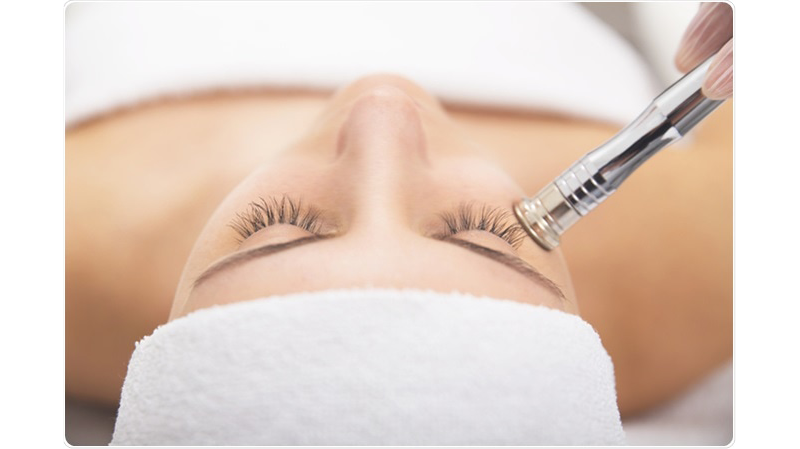
Want to save 70%+ off Microdermabrasion treatments?
To ensure you get the best deals with real savings see – Groupon your way to beauty perfection.
a) What is microdermabrasion?
Microdermabrasion is a mechanical exfoliation procedure for superficial skin resurfacing which utilises a refined abrasive element, such as a diamond-tipped pad aerosolised crystals, to gently remove the outermost skin layers. This controlled wounding process stimulates cell renewal with the regeneration of healthier skin.
b)Who benefits from microdermabrasion?
Microdermabrasion is used for the treatment of photoaging, hyperpigmentation and acne, as well as fine lines and superficial scars. It is one of the most commonly performed aesthetic procedures and utilises an integrated approach.
Microdermabrasion may be combined with chemical peels and topical home care products to maximise results.
While almost anyone will derive benefit from microdermabrasion, those with mild to moderate photoaging changes such as solar lentigines, dullness, and rough in texture, as well as acneic conditions typically derive the most benefit.
Results are cumulative and a series of treatments are necessary for noticeable benefits. Microdermabrasion can also improve enlarged pores and atrophic scars: however, results are not comparable to those achieved with deeper skin resurfacing procedures such as medium depth peels or laser resurfacing.
Clients of all Fitzpatrick skin types (I-VI) may be treated with microdermabrasion. However, darker skin types (IV-VI) are treated conservatively to minimise the risks of pigmentary changes such as postinflammatory hyperpigmentation (PIH).
Conditions such as rosacea and telangiectasia, are of concern. Overly aggressive treatments can accentuate erythema. However, microdermabrasion may be beneficial as excessive erythema is often linked to an impaired barrier function. Microdermabrasion treatments can strengthen this epidermal barrier and ultimately reduce sensitivity and erythema.
Microdermabrasion may also be used on the body to target stretch marks as well as rough and bumpy skin conditions such as keratosis pilaris.
Microdermabrasion Indications
- Hyperpigmentation
- Dry skin
- Rough texture
- Keratosis pilaris
- Enlarged pores
- Low grade acne (not pustules)
- Superficial acne scars
- Thickened skin
- Photodamage
- Dull, sallow skin colour
- Enhanced penetration of topical products and chemical peels
c) Advantages and disadvantages of microdermabrasion
[table id=2 /]d) How to care for skin following a microdermabrasion treatment?
Commonly experienced side effects following microdermabrasion include mild erythema and/or dryness for up to 3 days after treatment. A broad-spectrum sunscreen with SPF 30 or greater that contains zinc oxide or titanium dioxide such as Paula's Choice Calm Non-Greasy Mineral SPF is recommended daily throughout the series of treatments.
A nonocclusive moisturiser such as Neals Yard Yarrow & Comfrey moisturiser for oily/combination or Neals Yard Jasmine enriching cream for dry skin. Such moisturisers may be applied in the evening as often as needed for feelings of dryness. See a guide to cosmeceuticals for more information on product selection. Potentially irritable products such as retinoids, astringents, toners, depilatories, and exfoliants such as glycolic acid should be avoided for 1 to 2 weeks.

